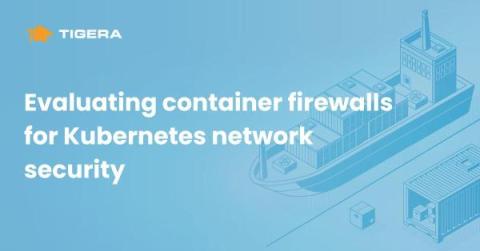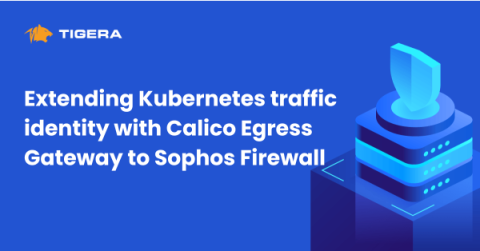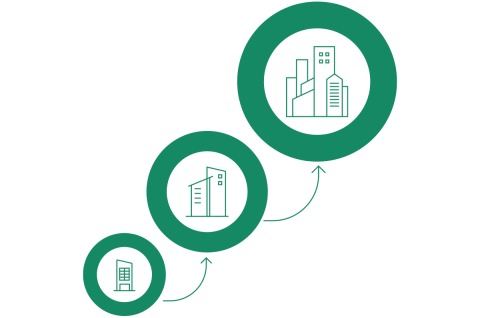Security | Threat Detection | Cyberattacks | DevSecOps | Compliance
Networks
Evaluating container firewalls for Kubernetes network security
Firewall technology for network security has undergone considerable advancement with the introduction of cloud computing and the vanishing network perimeter with hybrid and multi-cloud environments. All along this transformation one thing that did not change is the way endpoints are identified – through the TCP/IP stack, specifically the IP address. This design principle needed a change for container-based applications. How did the NGFWs fare?
Essential steps to evaluate the Risk Profile of a Secure Services Edge (SSE) Provider
Businesses have increasingly turned to Secure Services Edge (SSE) to secure their digital assets and data, as they undergo digital transformation. SSE secures the network edge to ensure data privacy and protect against cyber threats, using a cloud-delivered SaaS infrastructure from a third-party cybersecurity provider. SSE has brought numerous advantages to companies who needed to strengthen their cyber security after undergoing a digital transformation.
Demo Tuesday
Fortifying your wireless network: A comprehensive guide to defend against wireless attacks
In our increasingly interconnected world, wireless networks have become the lifeblood of modern communication and productivity. However, this convenience comes with a price – the heightened risk of wireless attacks. In this in-depth blog, we will delve into the technical intricacies of safeguarding your network against wireless threats. Armed with this knowledge, you can confidently defend your wireless infrastructure against potential attackers.
Typo traps: analyzing traffic to exmaple.com (or is it example.com?)
A typo is one of those common mistakes with unpredictable results when it comes to the Internet’s domain names (DNS). In this blog post we’re going to analyze traffic for exmaple.com, and see how a very simple human error ends up creating unintentional traffic on the Internet. Cloudflare has owned exmaple.com for a few years now, but don’t confuse it with example.com!
Top Barracuda WAF Alternatives in 2023
Extending Kubernetes traffic identity with Calico Egress Gateway to Sophos Firewall
By default, traffic leaving a Kubernetes cluster lacks a meaningful network identity, making it challenging to associate it with its source workload. This is an issue because, in an on-premises infrastructure, companies rely on firewalls, for example Sophos Firewall, to inspect this traffic which loses its identity as soon as it leaves the cluster.
The Cato Journey - Bringing SASE Transformation to the Largest Enterprises
One of the observations I sometimes get from analysts, investors, and prospects is that Cato is a mid-market company. They imply that we are creating solutions that are simple and affordable, but don’t necessarily meet stringent requirements in scalability, availability, and functionality. Here is the bottom line: Cato is an enterprise software company.
Beyond the firewall: Navigating SaaS security challenges
In today's digital age, businesses have witnessed a profound shift in how they operate. Software-as-a-Service (SaaS) solutions have become the backbone of many organizations, offering flexibility and scalability. While firewalls remain an essential part of cybersecurity, securing your digital assets in the SaaS realm is a multifaceted challenge.










